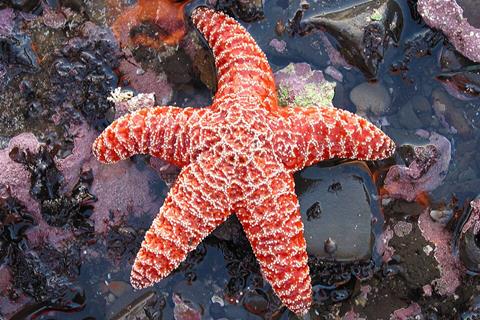A decade after sea star wasting disease devastated ochre sea star populations along the U.S. West Coast, new research reveals a complex recovery story.

Scientists analyzed two long-term datasets: predation rates by the sea stars on their prey, tracked for 16 years at seven Oregon sites, and density and size measurements collected over 23 years at eight sites. These records captured the dramatic 2014 crash due to sea star wasting disease and an unexpected baby boom in 2015, when juvenile sea stars surged by more than 8,000 percent.
READ MORE: Researchers discover cause of sea star wasting disease
While overall density and biomass have rebounded — sometimes exceeding pre-disease levels — average body size has recovered at only a few sites, and predation rates remain low in some areas.
The study, published in Ecosphere, suggests that the epidemic shifted populations from a stable, adult-dominated state to one marked by fluctuations in sea star sizes and ages over time and among sites. This resilience offers hope, but lingering instability underscores the importance of continued monitoring as marine diseases and climate change reshape coastal ecosystems.







No comments yet